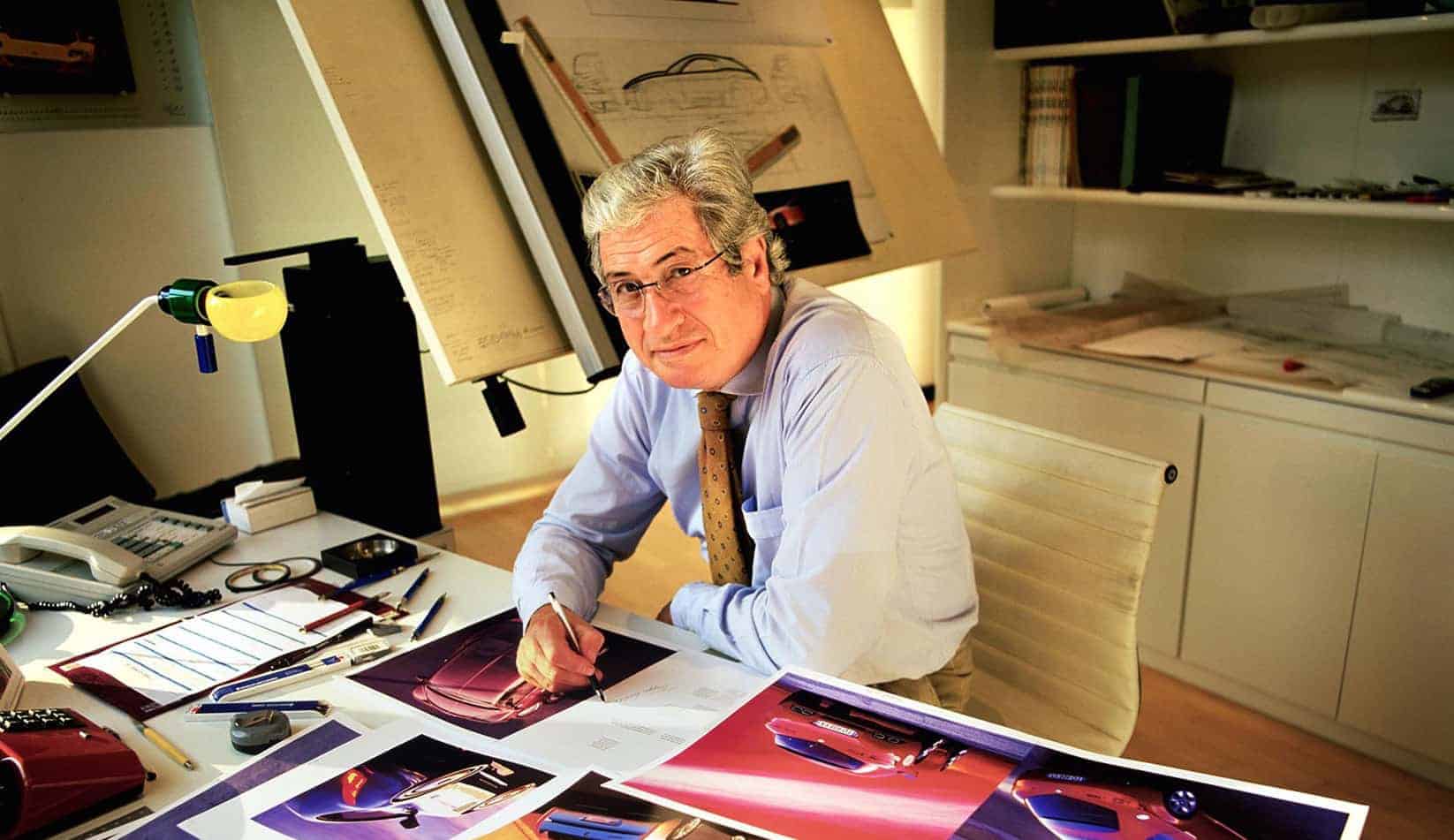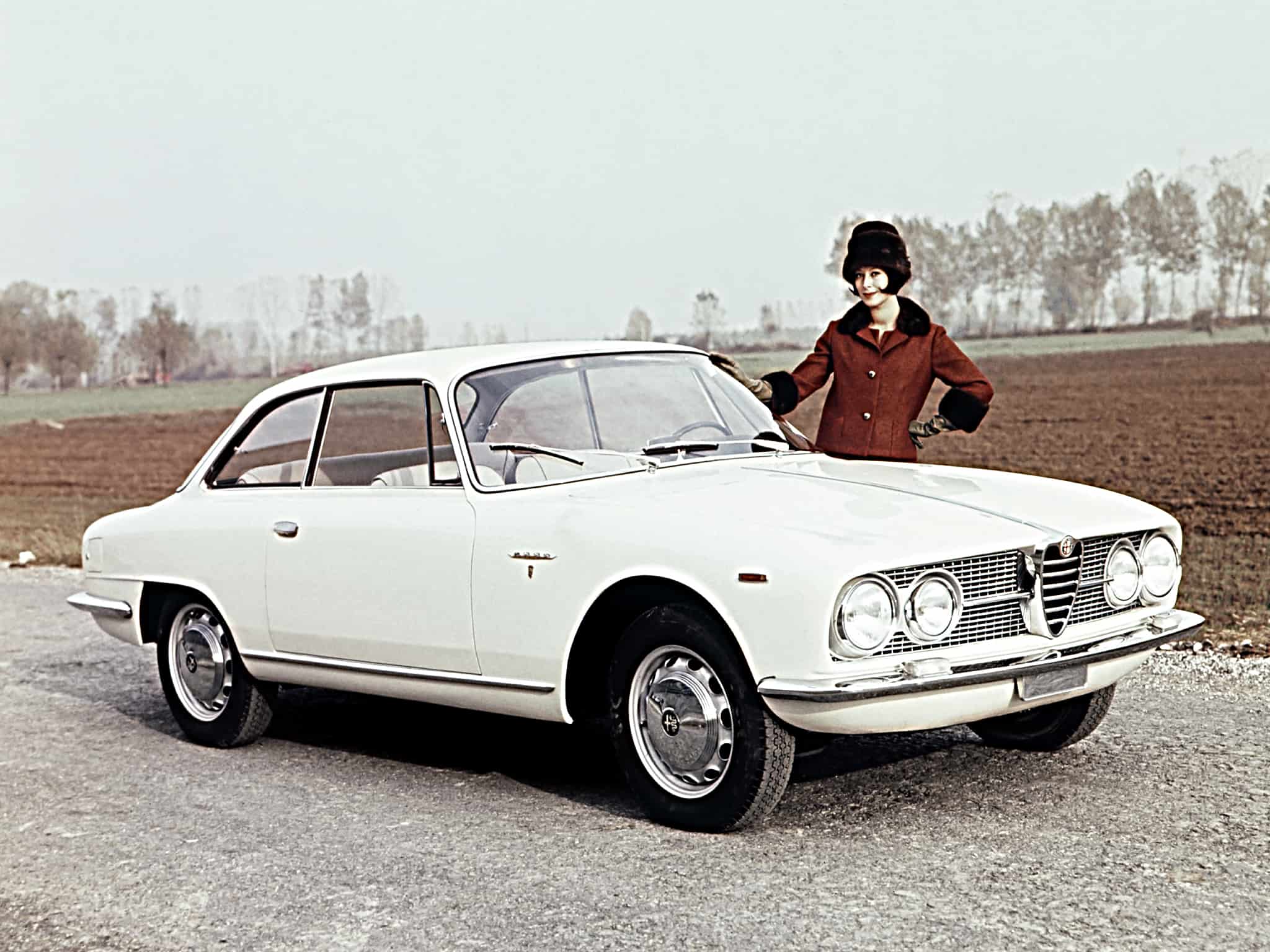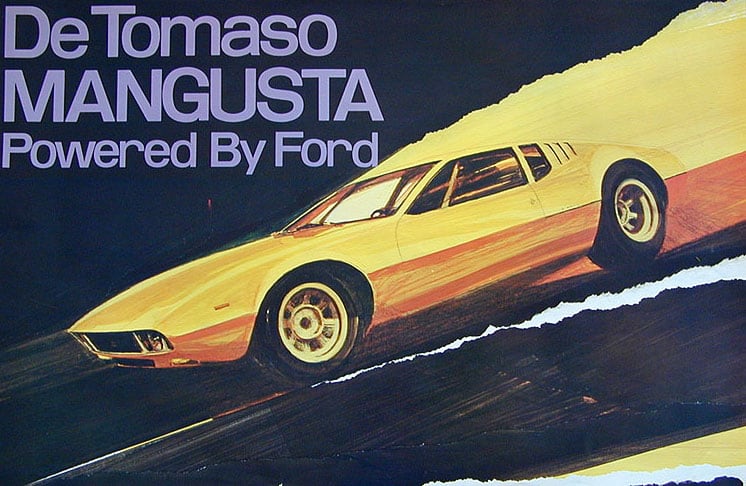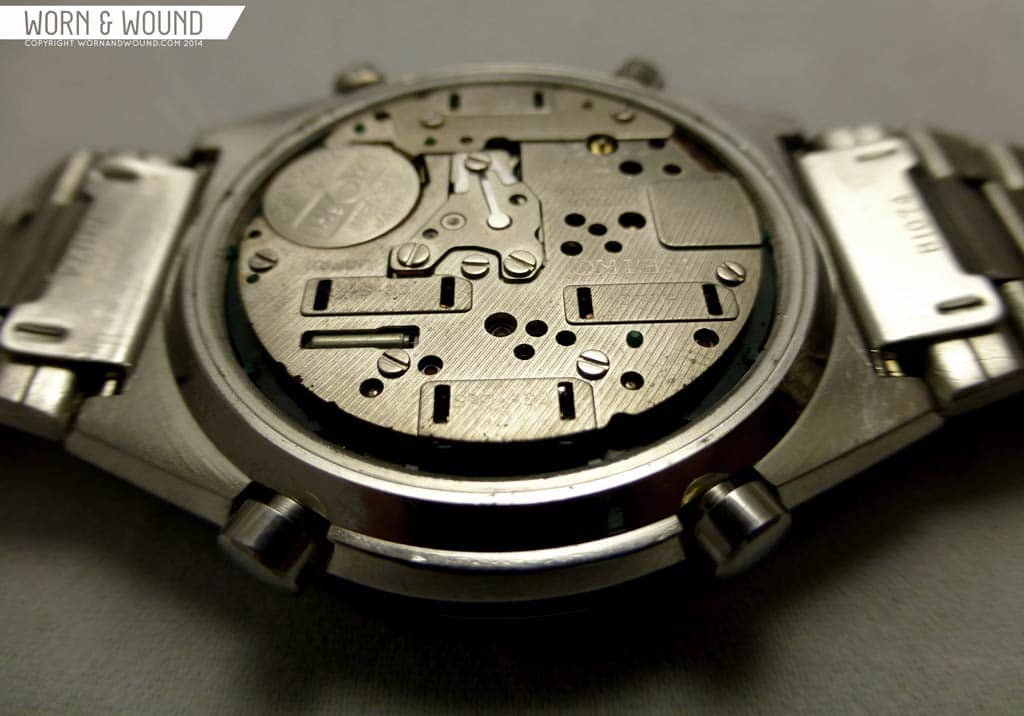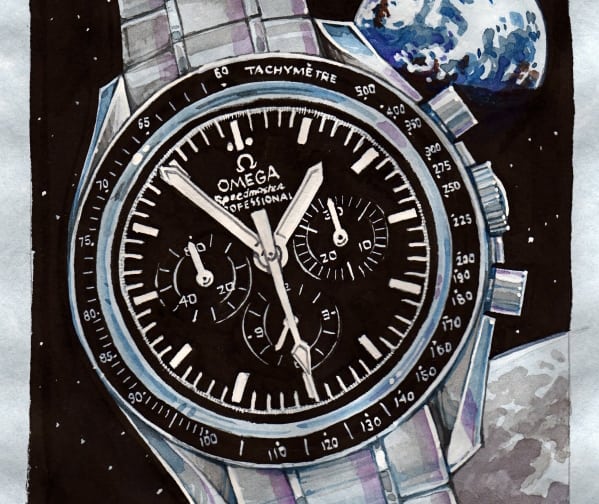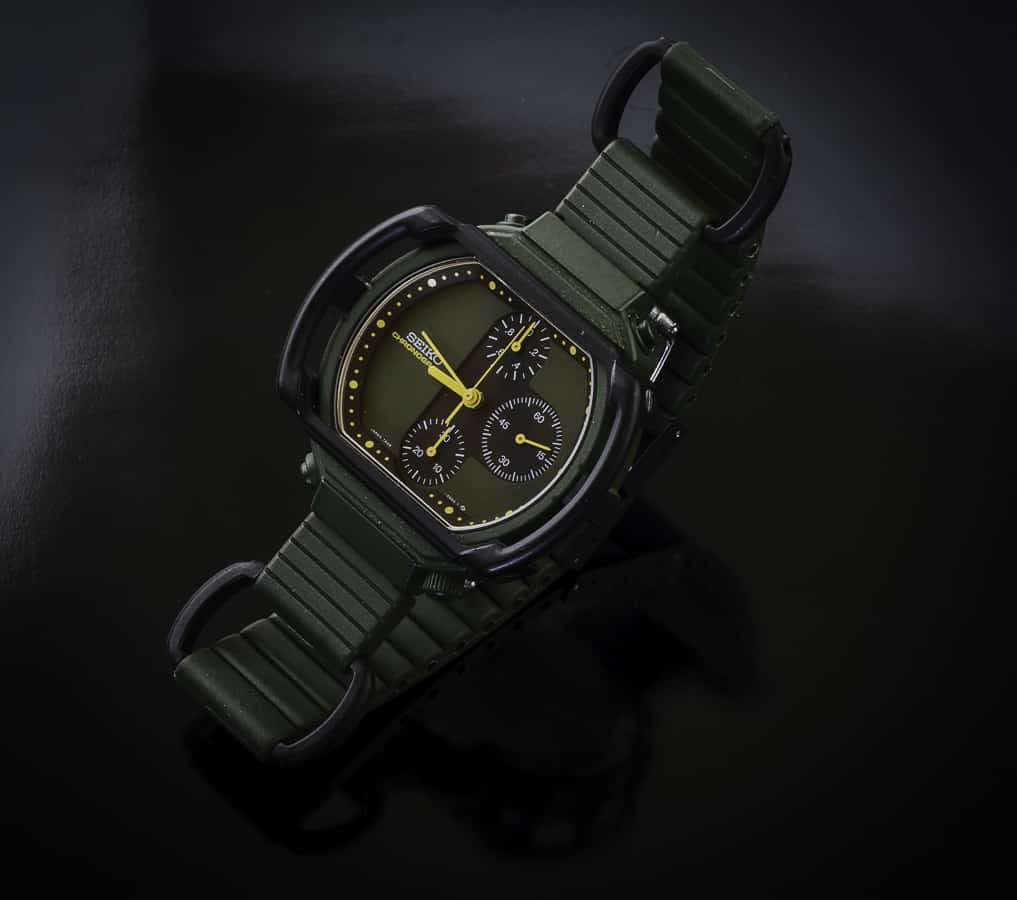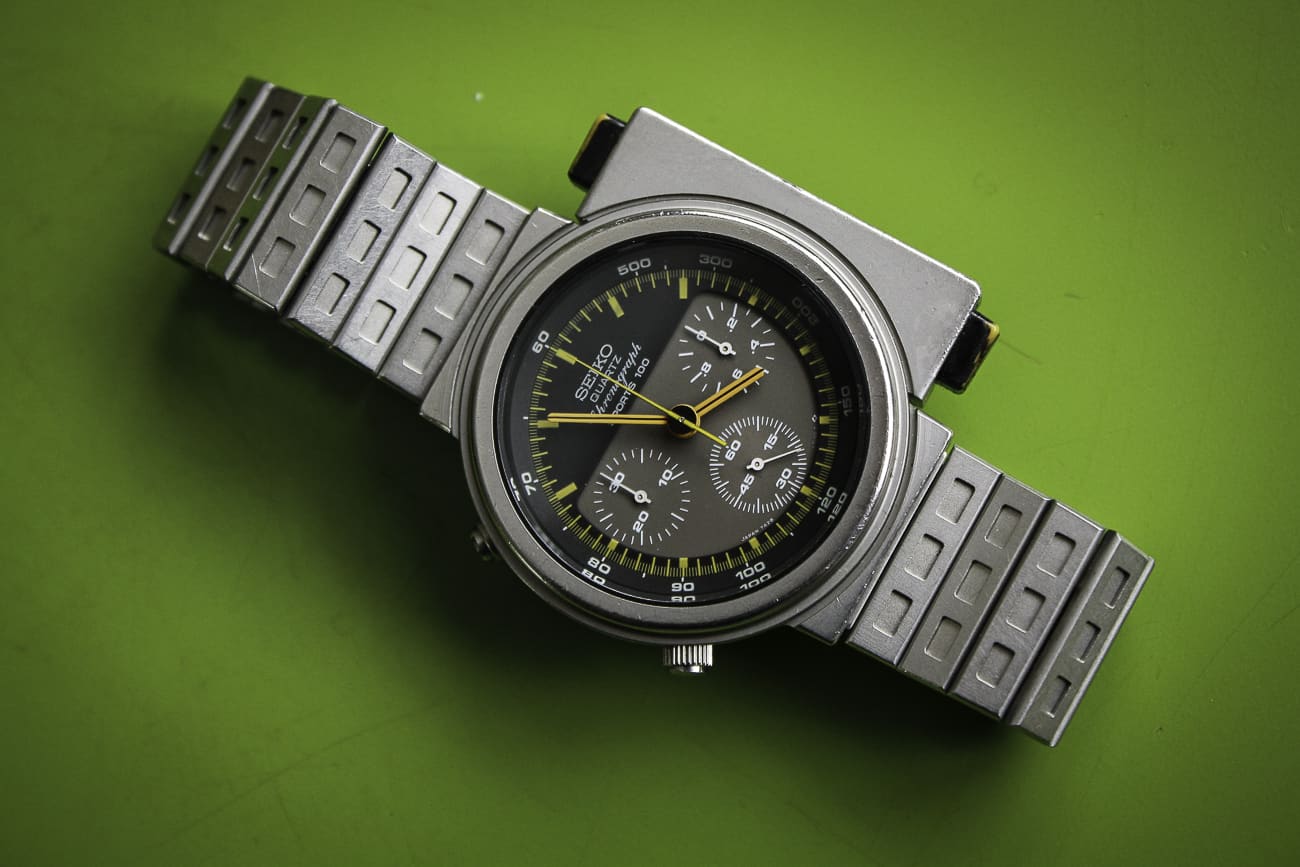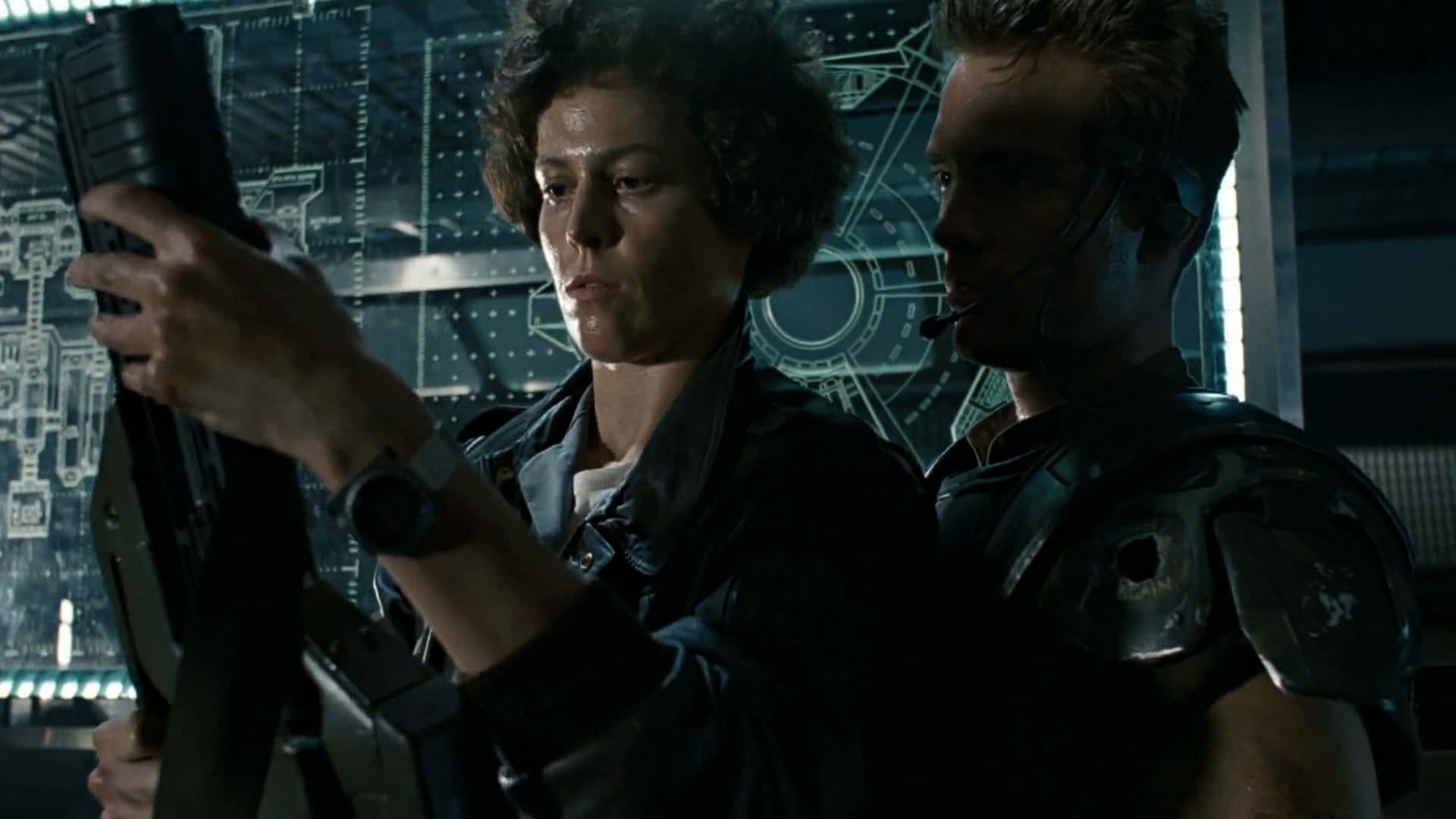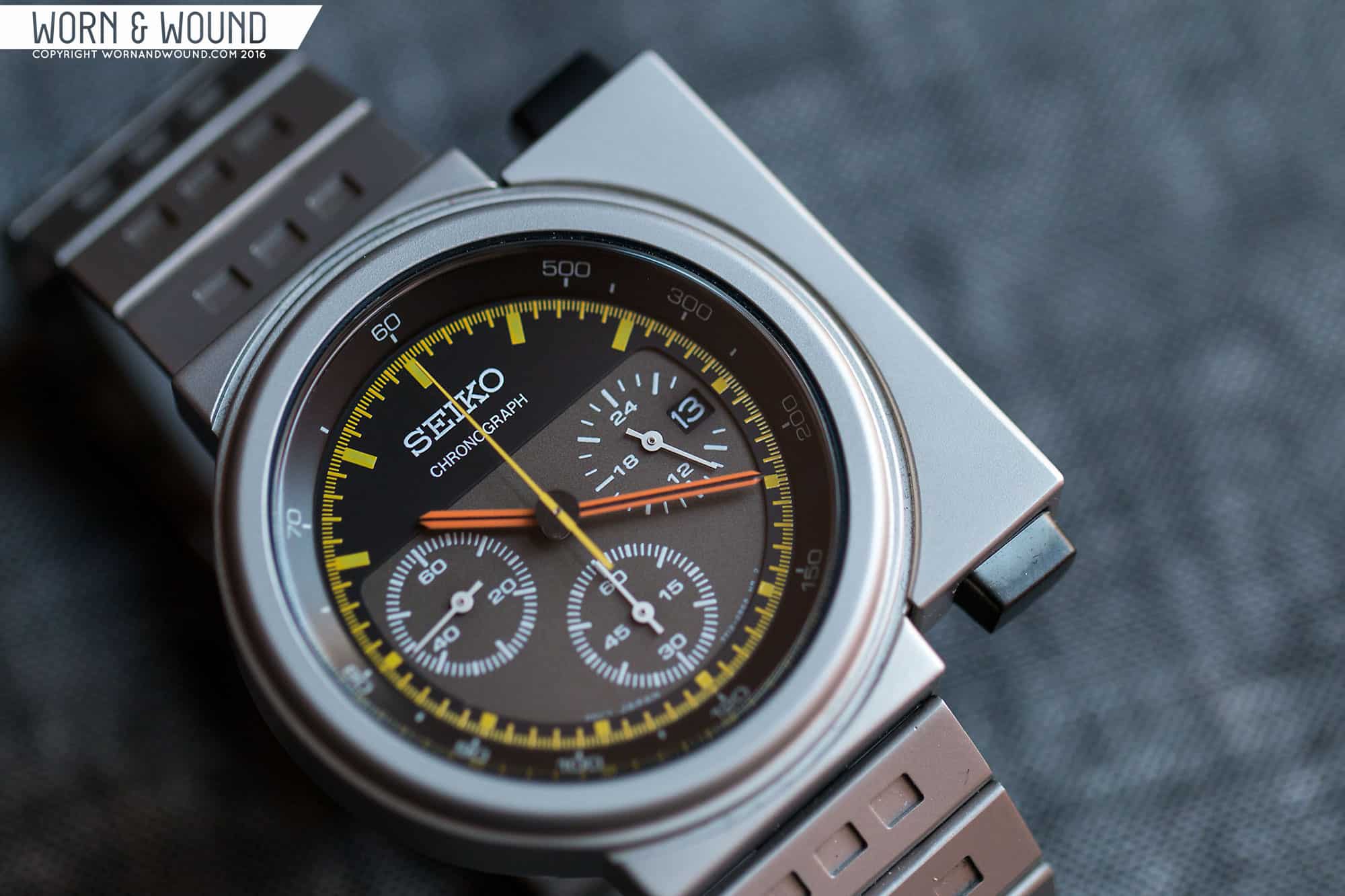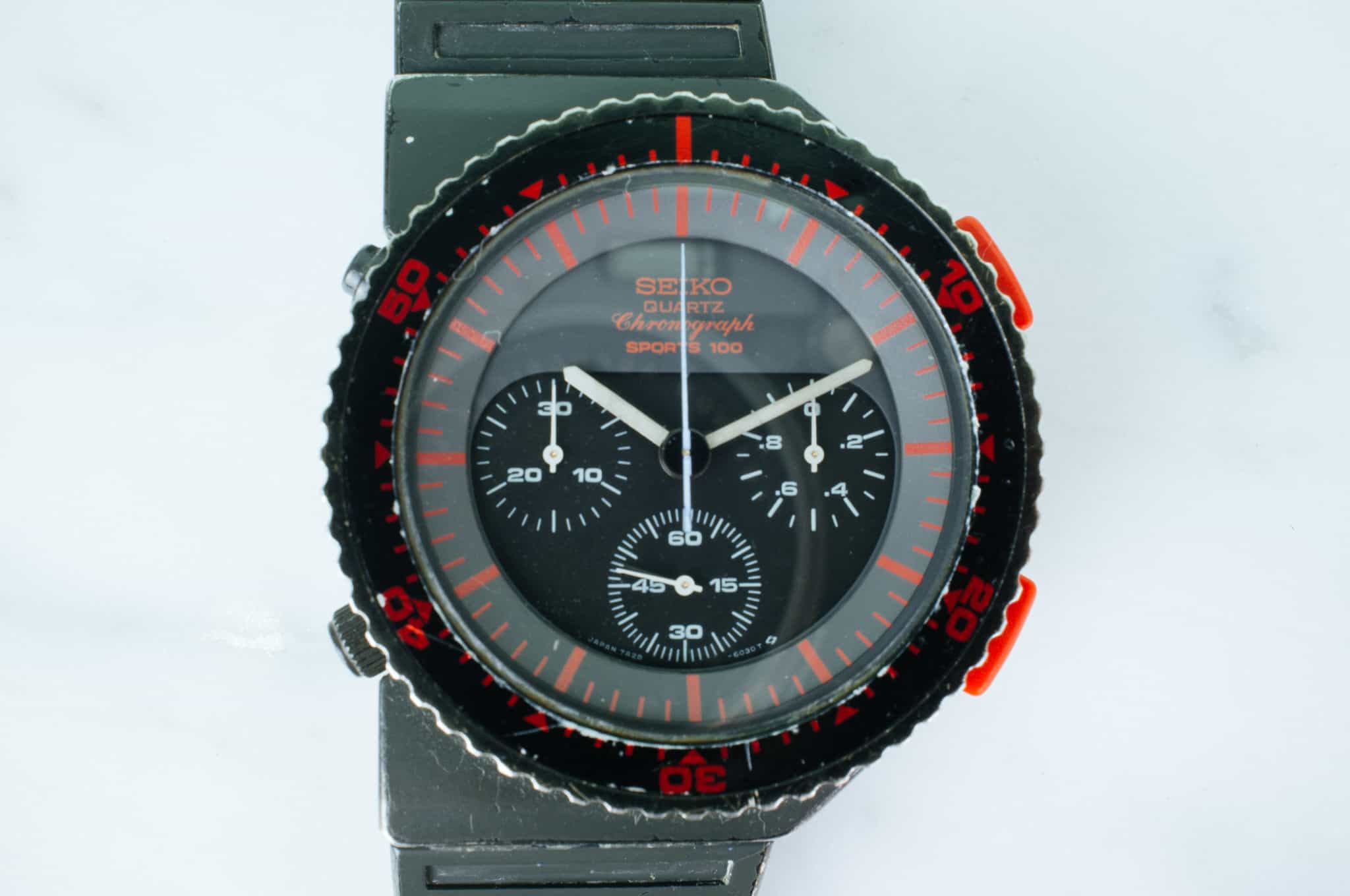Part of what makes the world of watchmaking so great is its breadth. Not only is it a showcase of engineering knowledge, but an art form in its own right. Great watch design is a blending of beautiful forms with real functionality, and the masters of this have earned their place in the history books. Names like Gerald Genta and Taro Tanaka are rightly revered for their designs, but often some of the best designs come from outside the industry. A designer used to working in fashion, architecture or cars can bring a fresh perspective to watchmaking, with unique results. One of the best examples of this is Giorgetto Giugiaro.
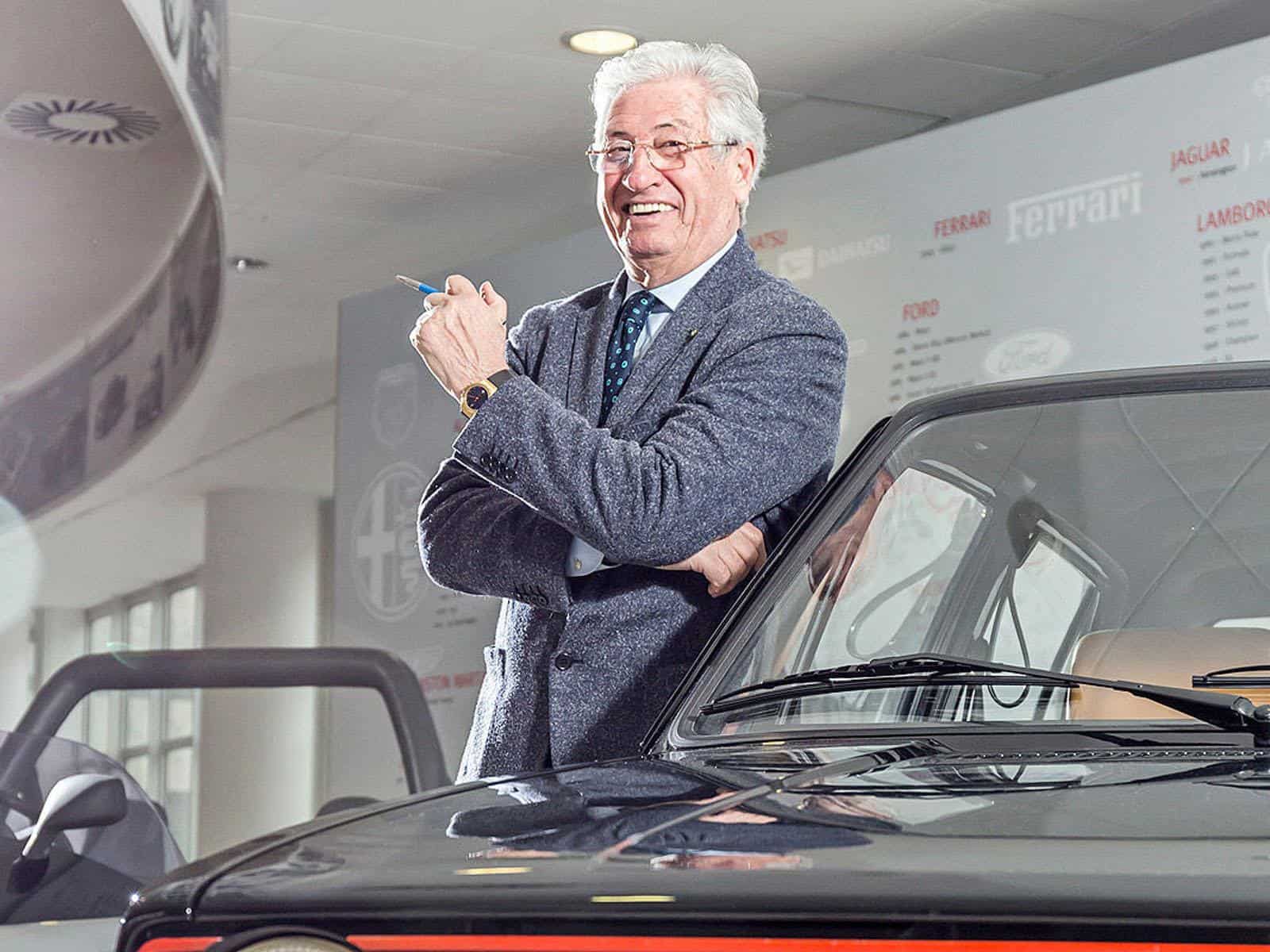 Born in the town of Garessio outside Turin on August 7, 1938, Giugiaro was surrounded by creativity from the beginning. As the son of a painter, young Giorgetto’s artistic impulses were nurtured and allowed to flourish throughout his early childhood. In 1952, at only 14 years old, he moved to Turin to enroll in the prestigious Golia design school. By the end of that year a chance meeting with Fiat engineering chief Dante Giacosa netted him an apprenticeship at the Italian auto giant. In seven years of employment at the Fiat Special Vehicles Styling Center, not one of Giugiaro’s proposals were adopted, and in his frustration the 21-year-old Giugiaro submitted a trial proposal to the legendary design house of Bertone in 1959. Bertone was immediately impressed, and the trial proposal became Giugiaro’s first car–Alfa Romeo’s flagship 2000 Sprint.
Born in the town of Garessio outside Turin on August 7, 1938, Giugiaro was surrounded by creativity from the beginning. As the son of a painter, young Giorgetto’s artistic impulses were nurtured and allowed to flourish throughout his early childhood. In 1952, at only 14 years old, he moved to Turin to enroll in the prestigious Golia design school. By the end of that year a chance meeting with Fiat engineering chief Dante Giacosa netted him an apprenticeship at the Italian auto giant. In seven years of employment at the Fiat Special Vehicles Styling Center, not one of Giugiaro’s proposals were adopted, and in his frustration the 21-year-old Giugiaro submitted a trial proposal to the legendary design house of Bertone in 1959. Bertone was immediately impressed, and the trial proposal became Giugiaro’s first car–Alfa Romeo’s flagship 2000 Sprint.









 Featured Videos
Featured Videos




